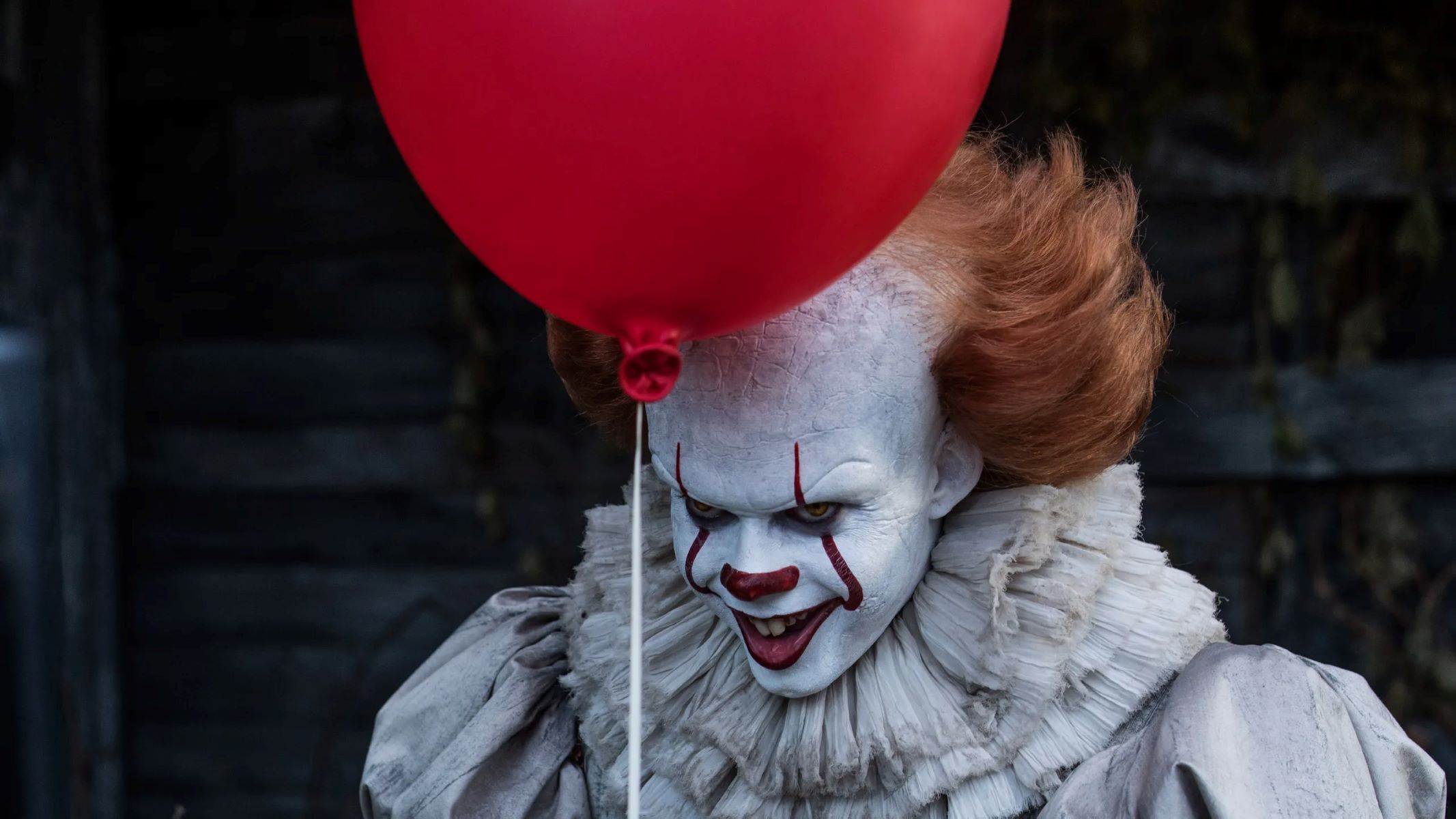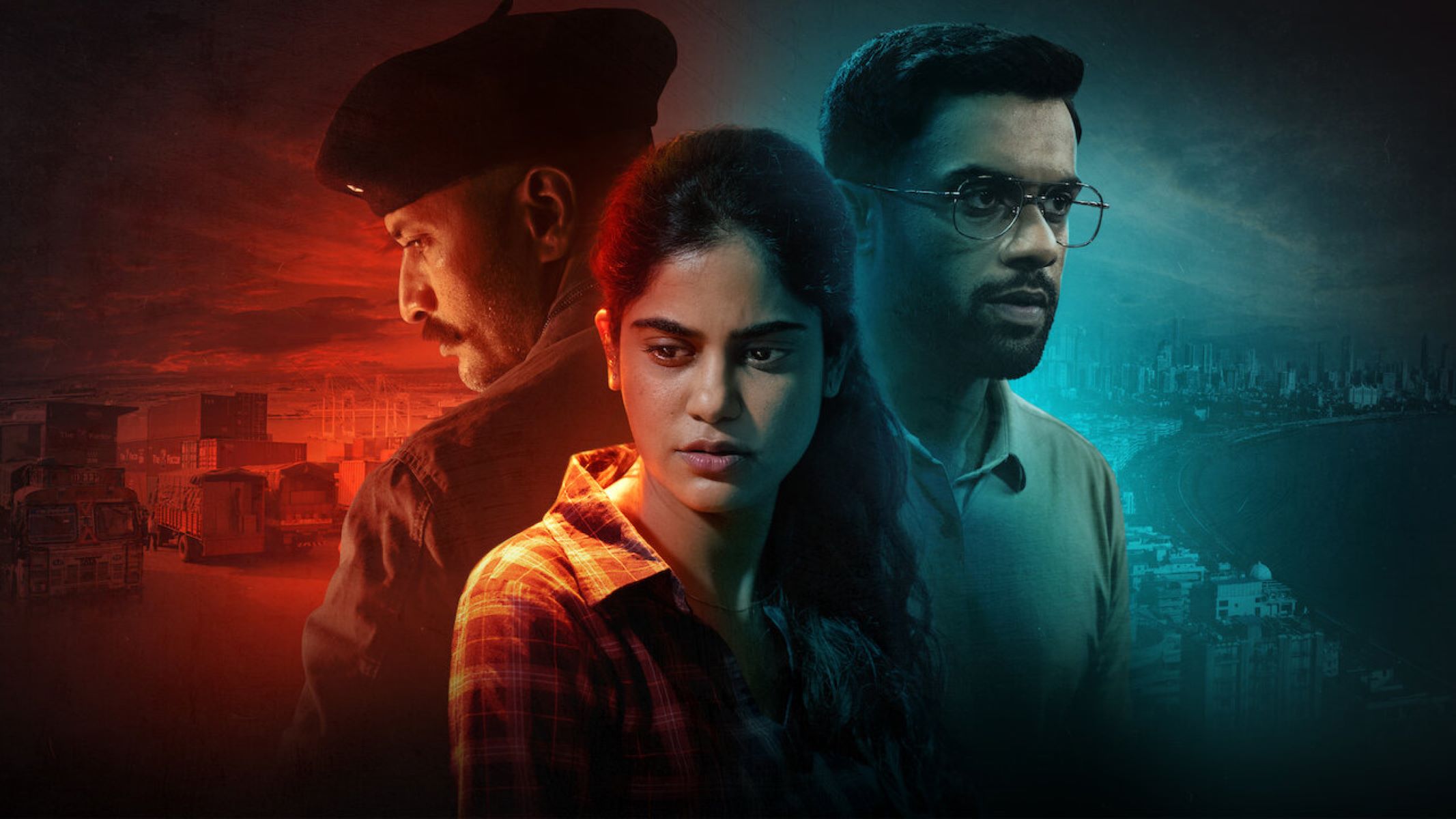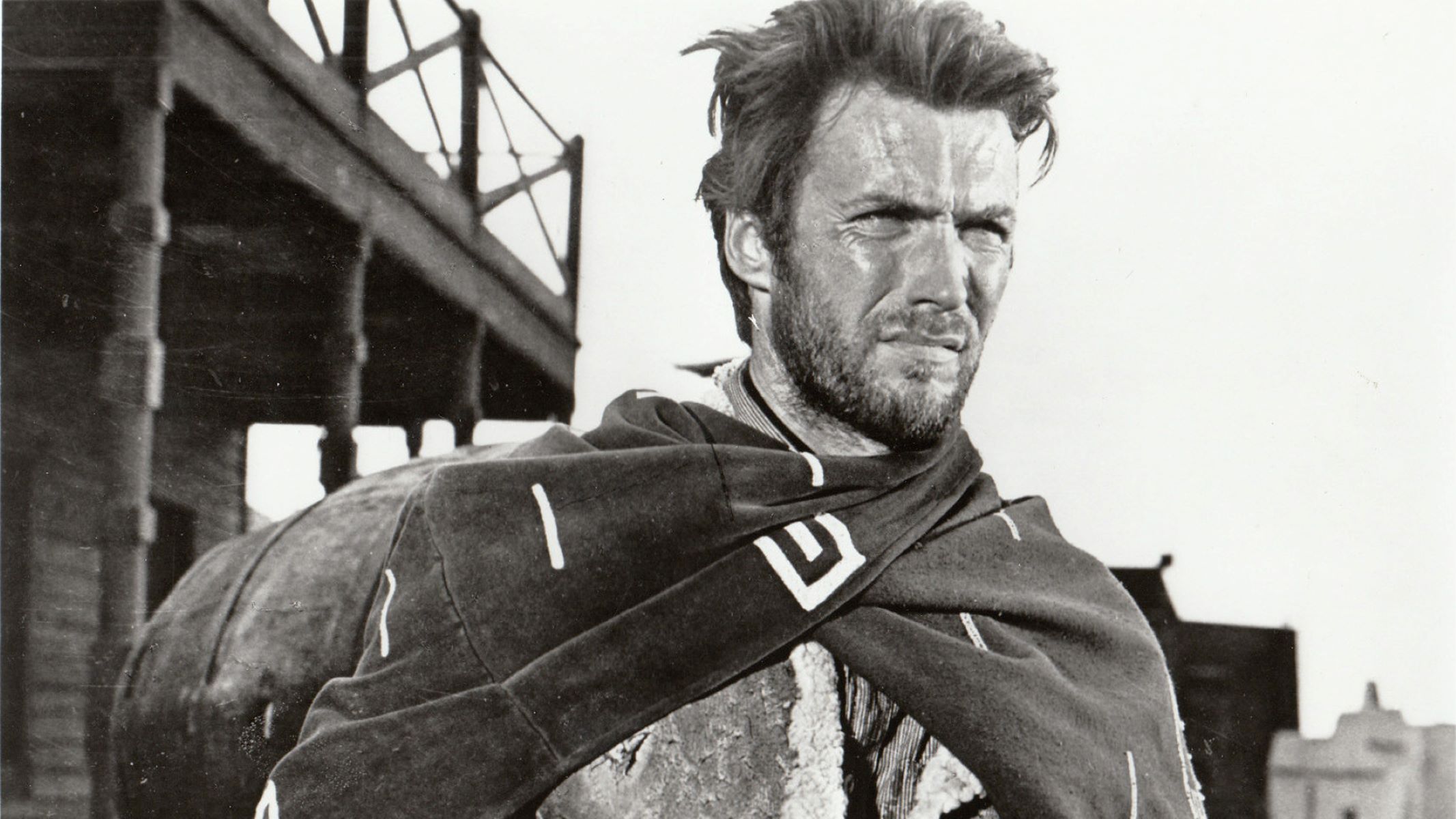Home>Entertainment>Midsommar: The Horror Film Even Non-Fans Can’t Resist!


Entertainment
Midsommar: The Horror Film Even Non-Fans Can’t Resist!
Published: January 23, 2024
Experience the captivating horror of Midsommar, a film that will enthrall even non-fans. Dive into the world of entertainment with this must-see thriller.
(Many of the links in this article redirect to a specific reviewed product. Your purchase of these products through affiliate links helps to generate commission for Regretless.com, at no extra cost. Learn more)
Table of Contents
Introduction
Midsommar, the 2019 horror film directed by Ari Aster, has captivated audiences with its unique blend of folk horror, psychological terror, and stunning visuals. This cinematic masterpiece has garnered attention not only from die-hard horror fans but also from those who typically shy away from the genre. It's a testament to the film's ability to transcend traditional horror tropes and deliver a deeply immersive and thought-provoking experience.
From the director of the critically acclaimed "Hereditary," Ari Aster, Midsommar takes viewers on a haunting journey into the heart of a Swedish midsummer festival, where the seemingly idyllic setting slowly unravels into a nightmare of unsettling rituals and chilling revelations.
Midsommar's appeal lies in its ability to subvert expectations and offer a fresh take on the horror genre. Its immersive storytelling, rich symbolism, and powerful performances draw in even those who may not typically seek out horror films. The film's ability to tap into universal fears and desires, coupled with its visually stunning presentation, makes it a captivating and unforgettable cinematic experience.
As we delve into the intricate layers of Midsommar, we'll explore the film's captivating plot, the mesmerizing setting, the visual and cinematographic brilliance, the psychological horror that permeates every frame, the incorporation of cult and folklore elements, and the profound impact it has had on both audiences and the film industry. Join us on this journey into the heart of Midsommar, where horror transcends mere scares and becomes a profound exploration of the human psyche.
The Plot of Midsommar
Midsommar unfolds as a visceral exploration of grief, trauma, and the complexities of human relationships. The story centers around Dani, a young woman grappling with the recent loss of her family. Struggling with overwhelming grief, Dani accompanies her boyfriend, Christian, and his friends on a trip to a remote Swedish village to partake in a midsummer festival. As they arrive, the picturesque setting and the warmth of the villagers initially offer a sense of solace to Dani, but it soon becomes apparent that something deeply unsettling lurks beneath the surface.
The film masterfully builds tension as the group becomes increasingly entangled in the village's rituals and customs, which are steeped in ancient traditions and eerie symbolism. The idyllic facade of the village gradually gives way to a sense of mounting dread, and the boundaries between reality and nightmare blur as the characters are drawn deeper into the villagers' enigmatic ceremonies.
Ari Aster skillfully weaves a sense of impending doom throughout the narrative, creating an atmosphere of unease that permeates every scene. The tensions within the group, particularly between Dani and Christian, mirror the escalating sense of disquiet within the village. As the festival unfolds, the rituals become increasingly disturbing, and the characters' vulnerabilities are ruthlessly exploited.
The film's narrative unfolds with meticulous pacing, allowing the audience to experience the characters' growing unease and disorientation. The sense of isolation and vulnerability intensifies as the group becomes ensnared in the village's insidious customs, leading to a harrowing climax that defies traditional horror conventions.
Midsommar's plot is a masterclass in psychological horror, immersing the audience in a world where the line between beauty and terror is hauntingly thin. The film's narrative intricacies and thematic depth elevate it beyond mere scares, offering a profoundly unsettling and thought-provoking exploration of human frailty and the primal forces that underpin ancient rituals.
The Unique Setting
Midsommar's allure extends beyond its narrative and characters, as it transports viewers to an otherworldly and visually stunning setting. The film's unique backdrop is a remote Swedish village, bathed in the ethereal glow of the midnight sun during the summer solstice. This setting serves as a character in its own right, shaping the film's atmosphere and infusing it with an unsettling beauty.
The lush, idyllic landscapes of the village initially evoke a sense of tranquility and serenity, drawing the characters and audience into a false sense of security. The vibrant fields of wildflowers, the rustic wooden structures, and the warm, inviting demeanor of the villagers create a facade of pastoral charm. However, as the story unfolds, this picturesque setting gradually reveals its darker undercurrents, shattering the illusion of peaceful simplicity.
Ari Aster's meticulous attention to detail in capturing the village's environment is nothing short of mesmerizing. The cinematography captures the stark contrast between the natural beauty of the surroundings and the ominous rituals that unfold within them. The use of natural light, vibrant colors, and expansive landscapes creates a sense of both awe and unease, immersing the audience in a world that feels simultaneously enchanting and foreboding.
The setting's uniqueness lies not only in its visual splendor but also in its cultural and historical significance. The film delves into the ancient traditions and folklore that permeate the village, offering a glimpse into a world shaped by centuries-old customs and beliefs. The integration of Swedish midsummer rituals and symbolism adds depth and authenticity to the setting, elevating it beyond mere backdrop and infusing it with a palpable sense of mystique.
Furthermore, the setting serves as a metaphor for the characters' internal landscapes, mirroring their emotional turmoil and psychological unraveling. As the village's facade crumbles, so too do the emotional defenses of the characters, laying bare their vulnerabilities and fears. The setting becomes a reflection of their inner turmoil, blurring the lines between external and internal landscapes in a hauntingly evocative manner.
In essence, Midsommar's unique setting transcends the role of mere backdrop, becoming an integral element in the film's narrative and thematic exploration. It serves as a canvas upon which the complexities of human nature, ancient traditions, and existential dread converge, weaving a tapestry of visual and emotional resonance that lingers long after the credits roll.
The Visuals and Cinematography
Midsommar is a visual feast, meticulously crafted to immerse the audience in a world of haunting beauty and unrelenting unease. The film's visuals and cinematography serve as a masterful conduit for storytelling, evoking a sense of awe and disquiet in equal measure.
Ari Aster, in collaboration with cinematographer Pawel Pogorzelski, employs a mesmerizing blend of techniques to bring the film's visuals to life. The use of natural light, expansive landscapes, and rich, vibrant colors creates a hypnotic visual tapestry that draws viewers into the heart of the narrative. The film's cinematography captures the stark contrast between the serene, sun-drenched landscapes and the chilling events that unfold within them, heightening the sense of dissonance and foreboding.
One of the most striking visual elements of Midsommar is its attention to detail. Every frame is meticulously composed, with a keen eye for symbolism and visual storytelling. The intricate patterns, ornate costumes, and elaborate set designs contribute to a visual language that conveys meaning beyond words. This attention to detail not only enriches the film's aesthetic appeal but also deepens its thematic resonance, inviting viewers to unravel layers of symbolism and subtext.
The use of long takes and fluid camerawork lends a sense of fluidity and immersion to the film, allowing the audience to experience the unfolding events in real time. This approach creates a palpable sense of intimacy and unease, drawing viewers into the characters' emotional and psychological turmoil. The camera becomes a silent observer, capturing the characters' vulnerabilities and fears with unflinching precision.
Furthermore, the film's visual language extends beyond the immediate narrative, delving into the realm of subconscious imagery and surreal visuals. Dream sequences and hallucinatory moments are brought to life with a hallucinatory beauty that blurs the boundaries between reality and nightmare. These surreal visuals serve as a window into the characters' innermost fears and desires, creating an immersive and disorienting experience for the audience.
In essence, Midsommar's visuals and cinematography are a testament to the power of visual storytelling in cinema. Every frame is infused with intention and artistry, serving as a conduit for emotional resonance, thematic depth, and immersive storytelling. The film's visuals transcend mere aesthetics, becoming a vital component of its narrative and psychological impact, lingering in the minds of viewers long after the credits roll.
The Psychological Horror
Midsommar delves deep into the realm of psychological horror, weaving a narrative that seeps into the audience's subconscious and lingers long after the credits roll. At its core, the film is a chilling exploration of the human psyche, unraveling the intricacies of grief, trauma, and the fragile nature of sanity.
Ari Aster masterfully employs psychological horror as a tool to unsettle and disorient the audience, plunging them into a world where reality and nightmare intertwine. The film's narrative unfolds with a relentless sense of unease, gradually dismantling the characters' emotional defenses and exposing their vulnerabilities to the audience.
The psychological horror in Midsommar is not rooted in traditional jump scares or overt violence, but rather in the insidious erosion of the characters' mental and emotional stability. As the story unfolds, the audience is drawn into a web of escalating tension and existential dread, mirroring the characters' descent into a waking nightmare.
The film's exploration of grief and trauma is a central pillar of its psychological horror. Dani's profound sense of loss becomes a conduit for the audience's own emotional unease, as they bear witness to her unraveling psyche. The film deftly captures the complexities of grief, portraying it as a force that seeps into every aspect of Dani's being, distorting her perception of reality and blurring the boundaries between sanity and madness.
Furthermore, Midsommar delves into the intricacies of toxic relationships and emotional manipulation, amplifying the psychological horror through the characters' interpersonal dynamics. The tensions within the group, particularly between Dani and Christian, serve as a microcosm of the film's overarching sense of disquiet, reflecting the fragility of human relationships in the face of overwhelming trauma and existential dread.
Ari Aster's meticulous attention to detail in capturing the characters' emotional turmoil and psychological unraveling is nothing short of mesmerizing. The film immerses the audience in a world where the line between beauty and terror is hauntingly thin, inviting them to confront their own fears and vulnerabilities.
In essence, Midsommar's psychological horror transcends traditional genre conventions, offering a deeply immersive and profoundly unsettling exploration of the human psyche. It is a testament to the film's ability to tap into universal fears and desires, leaving an indelible mark on the audience's subconscious long after the curtains close.
The Cult and Folklore Elements
Midsommar weaves a tapestry of ancient traditions, enigmatic rituals, and eerie folklore, infusing the narrative with a palpable sense of mystique and primal resonance. The film delves deep into the heart of a remote Swedish village, where age-old customs and esoteric beliefs shape the fabric of existence. The integration of cult and folklore elements serves as a haunting backdrop that elevates the film beyond traditional horror tropes, offering a rich tapestry of symbolism and thematic depth.
At the heart of Midsommar lies the village's enigmatic cult, known as the Hårga. This insular community adheres to a complex web of traditions and rituals, steeped in ancient folklore and esoteric symbolism. The cult's adherence to cyclical patterns, seasonal rites, and enigmatic ceremonies infuses the narrative with an aura of timelessness and primal resonance. The film's portrayal of the Hårga as a community bound by arcane beliefs and inscrutable customs adds a layer of enigma to the narrative, inviting audiences to unravel the mysteries that lie at the heart of the village.
The integration of Swedish midsummer folklore and traditions further enriches the film's cultural and historical tapestry. The narrative is interwoven with a myriad of rituals, symbols, and customs that harken back to ancient pagan traditions, offering a glimpse into a world shaped by centuries-old beliefs. From the intricate symbolism of the maypole dance to the evocative use of floral imagery, Midsommar captures the essence of midsummer folklore in all its enigmatic glory. These folklore elements serve as a conduit for thematic exploration, infusing the narrative with a sense of primal mystique and cultural resonance.
Ari Aster's meticulous attention to detail in capturing the cult and folklore elements is nothing short of mesmerizing. The film immerses audiences in a world where the boundaries between ancient traditions and contemporary horror blur, creating a sense of disquiet and fascination. The integration of cult and folklore elements adds depth and authenticity to the narrative, elevating it beyond mere scares and offering a profoundly immersive exploration of primal fears and timeless beliefs.
In essence, Midsommar's portrayal of cult and folklore elements transcends mere narrative devices, becoming integral components of the film's thematic resonance and immersive storytelling. The enigmatic allure of the Hårga and the rich tapestry of midsummer folklore infuse the narrative with a sense of ancient mystery and cultural significance, leaving an indelible mark on the audience's psyche long after the credits roll.
The Impact and Reception
Midsommar made an indelible mark on both audiences and the film industry, solidifying its status as a groundbreaking work of cinematic artistry. Upon its release in 2019, the film garnered widespread acclaim for its bold departure from traditional horror tropes and its unflinching exploration of the human psyche. The impact of Midsommar reverberated far beyond the confines of the horror genre, captivating audiences and critics alike with its immersive storytelling and haunting visual language.
From a critical standpoint, Midsommar received praise for its audacious thematic exploration and meticulous attention to detail. Ari Aster's visionary direction and the mesmerizing performances of the cast were lauded for their ability to transport audiences into a world of profound unease and existential dread. The film's rich symbolism, evocative visuals, and unrelenting psychological horror earned widespread acclaim, positioning Midsommar as a tour de force in the realm of contemporary horror cinema.
The film's impact on audiences was equally profound, resonating with both horror enthusiasts and those who typically shy away from the genre. Midsommar's ability to transcend traditional horror conventions and tap into universal fears and desires drew in a diverse spectrum of viewers, captivating them with its immersive storytelling and thought-provoking thematic depth. The film sparked fervent discussions and deep introspection, leaving an indelible mark on the collective psyche of those who experienced its haunting narrative.
Furthermore, Midsommar's impact extended to the film industry, influencing a new wave of horror storytelling and redefining audience expectations of the genre. Its bold departure from conventional horror tropes and its unflinching exploration of complex themes set a new standard for psychological terror, inspiring filmmakers to push the boundaries of storytelling and visual language. The film's impact reverberated through the cinematic landscape, leaving an enduring legacy that continues to shape the trajectory of contemporary horror cinema.
In essence, Midsommar's impact and reception transcended the confines of traditional horror, leaving an indelible mark on audiences, critics, and the film industry. Its profound thematic resonance, immersive storytelling, and haunting visual language positioned it as a transformative work of cinematic artistry, redefining the boundaries of horror storytelling and leaving an enduring legacy that continues to captivate and unsettle audiences to this day.
Conclusion
In conclusion, Midsommar stands as a testament to the transformative power of cinema, transcending traditional genre boundaries to deliver a profoundly immersive and thought-provoking experience. From its captivating plot, unique setting, and haunting visuals to its exploration of psychological horror, cult and folklore elements, and profound impact on audiences and the film industry, Midsommar has etched itself into the annals of contemporary cinema as a groundbreaking work of artistry and narrative innovation.
Ari Aster's visionary direction, coupled with the mesmerizing performances of the cast, has crafted a cinematic masterpiece that defies easy categorization. The film's ability to subvert audience expectations and tap into universal fears and desires has resonated with a diverse spectrum of viewers, captivating both horror enthusiasts and those new to the genre. Midsommar's impact extends far beyond the confines of traditional horror, sparking fervent discussions and deep introspection, leaving an indelible mark on the collective psyche of those who have experienced its haunting narrative.
Furthermore, the film's profound thematic resonance, immersive storytelling, and haunting visual language have positioned it as a transformative work of cinematic artistry, redefining the boundaries of horror storytelling and leaving an enduring legacy that continues to captivate and unsettle audiences to this day. Midsommar's impact on the film industry has been equally profound, inspiring a new wave of horror storytelling and setting a new standard for psychological terror, influencing the trajectory of contemporary horror cinema.
As the credits roll and the echoes of Midsommar's haunting narrative linger in the minds of audiences, it becomes evident that the film has achieved a rare feat in the realm of cinema. It has transcended mere scares and become a profound exploration of the human psyche, leaving an indelible mark on the collective consciousness of those who have experienced its chilling beauty. Midsommar stands as a testament to the transformative power of storytelling, inviting audiences to confront their deepest fears and desires while immersing them in a world where beauty and terror intertwine with haunting resonance.














